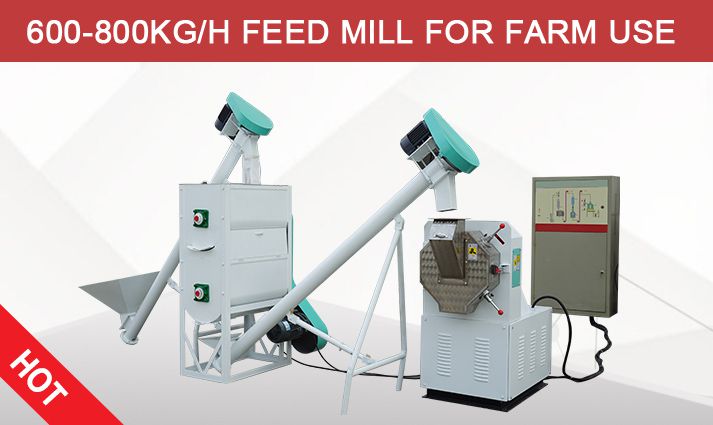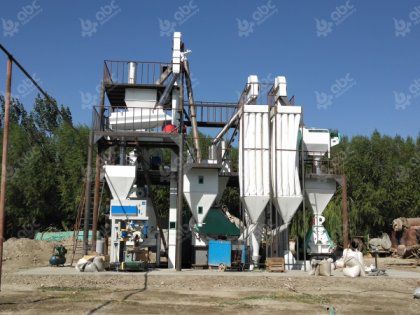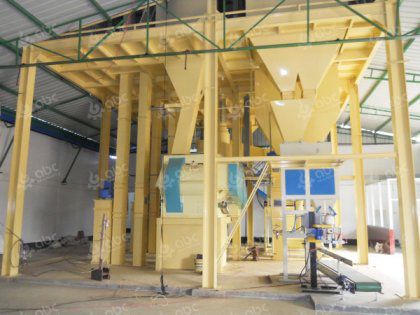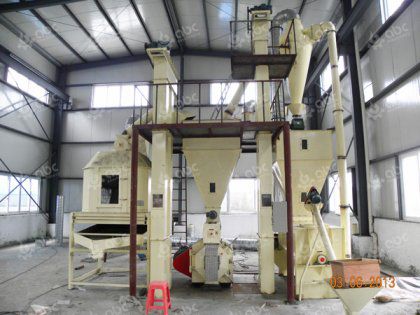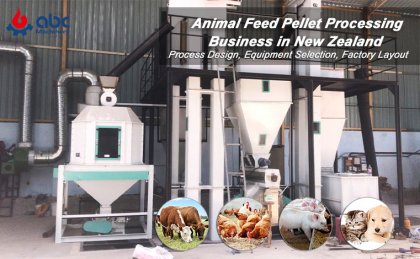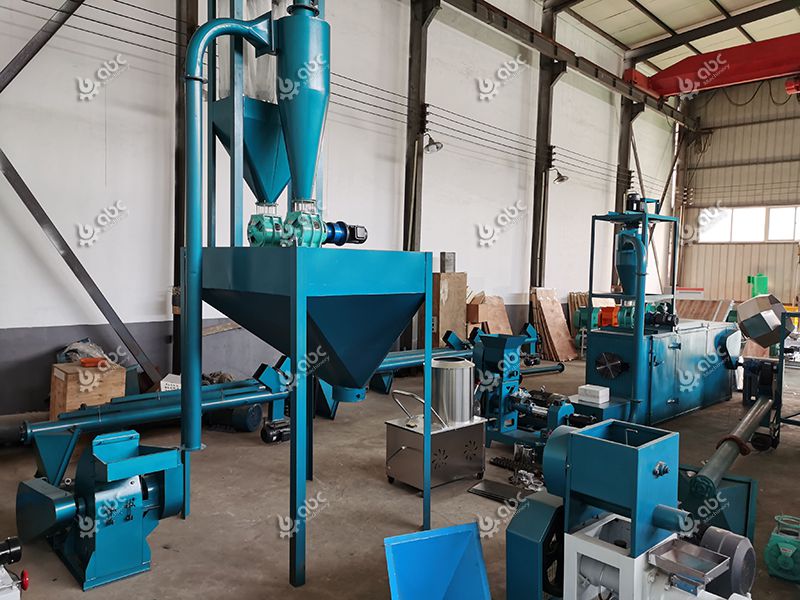The feed cost of dairy cows accounts for 70% of the total feed cost. The allocation of cow feed directly impact the breeding cost. Therefore, when preparing dairy cow diets, local feed resources should be combined to meet the nutritional needs of dairy cows and reduce the feed cost for maximum economic benefits.
Proportion of roughage in dairy cow feed
According to the physiological characteristics of dairy cows, the proportion of roughage in the diet should be 40%~70% based on dry matter, that is to say, the content of crude fiber in the diet should be 15%~24% of the dry matter. In the early lactation, the ratio of roughage should be 40%, which will ensure the health of cow.

Concentrated feed for dairy cow
Concentrated feed for dairy cows refers to a uniform mixture of protein feed, mineral feed (calcium, phosphorus and salt) and additive premix in a certain proportion. Concentrated feed cannot be fed directly to dairy cows, and a certain proportion of energy feed (mainly corn and bran) should be mixed into concentrate mixture before use.
At present, there are many kinds of concentrate feed for dairy cow on the market. Because of the proportion of concentrate feed used and the need of feeding dairy cow in different stages, the nutrient composition of concentrate is also very different. Farmers can buy and use the concentrate according to their energy feed (corn, bran) and the physiological stage of dairy cattle.
Cow feed pellets made by our cow feed making machine
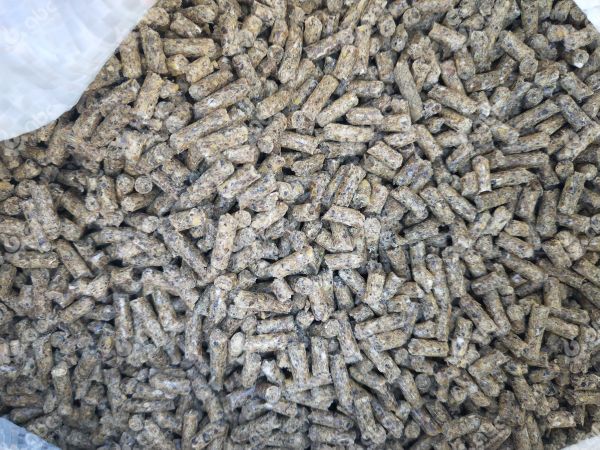
Dairy cow concentrate supplement, also known as concentrate mixture, is a kind of feed prepared to supplement the nutritional deficiency of dairy cow green roughage. Because of the physiological characteristics of the rumen, the feed mixture should be fed with roughage and juicy feed.
When using concentrate supplements for dairy cows, farmers should first purchase different concentrate supplements according to their own roughage and different physiological periods of dairy cows. For example, the dairy cows in dry milk period cannot use the milk period feed, in calf period cannot use the breeding feed; if the variety of coarse feed is poor, farmers should buy crude protein and high energy, good quality feed.
Best feed formula for dairy cows
Dairy cow digest feed depends on the microbial fermentation in rumen, and the rumen microbial needs a relatively stable environment, the method of feeding what you have is not conducive to the rumen health of cow or its digestion. So the best way to feed dairy cow is to feed a reasonable mix of various feeds, each kind of feed should not be fed too much. The range of dairy cow feeding is as follows:
-
Silage is 20-25 kg per day.
-
cattle eating silage are best served with good hay (green hay), not less than 4 kilograms per cow per day. In winter, most areas are short of hay to feed cattle, therefore, in the grass season farmers should seize time to dry hay to storage for winter;
-
Root vegetables, such as carrots and pumpkins, should not be fed more because of too high moisture content, 3-5 kg per cow per day is enough.
-
Fresh grass is not more than 12 kilograms per day.
-
The amount of rapeseed cake and cottonseed meal in feed (feed pellets) should not exceed 10%.
-
Supplementary materials such as brewer's grains, corn dregs, bean curd residue and apple pomace are about 10 kg per cow per day.
-
1 kg concentrate feed is fed to cow as it produces per 2.5-3 kg of milk: produce more milk, feed more concentrate; produce less milk, less concentrate. But no matter how high the milk production, concentrate feeding per day cannot exceed 12 kg, at the same time in the case of large concentrate feeding, increase feeding times to slow down the rise of rumen acidity.
Advantages of cow feed making machine to make feed pellets for dairy cows
-
With the help of cow feed making machine, the formula nutrition of cow feed pellets is comprehensive, this can avoid picky cows. Since the feed produced is pellet (granule) shape, it can be maintained uniformity in all processes, thus reducing unnecessary losses and saving transportation costs.
-
In the process of cow feed making, a series of reactions will occur due to the effects of moisture, temperature and pressure, which is conducive to digestion. Plus, pellet feed has good fluidity and little adhesion, which is one of the reasons to attract customers.
-
Feed pellets mechanically processed by cow feed making machine will not easily separate as powder feed, so it is not easy to generate ash, which can relatively reduce environmental pollution and in line with the concept of environmental protection production.
On the whole, cow feed making machine is ideal feed processing equipment for dairy cows, so we must make good use of it.


